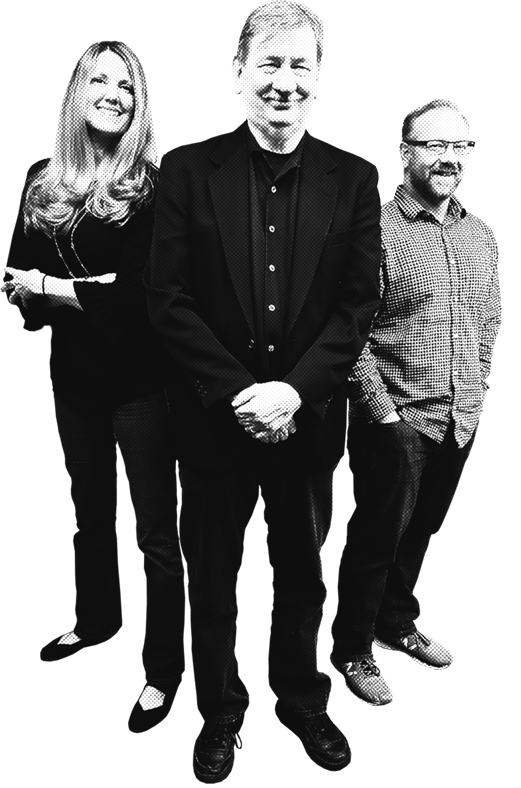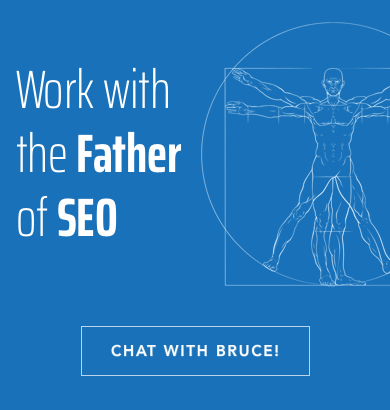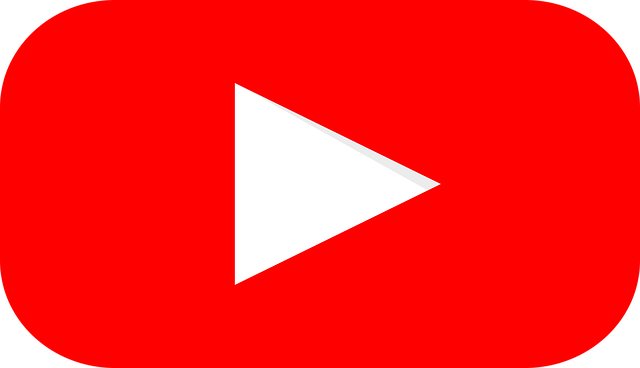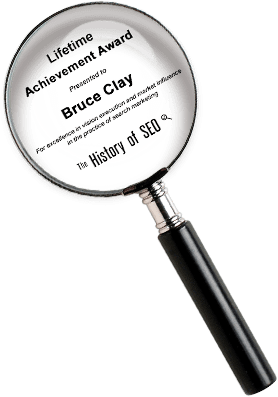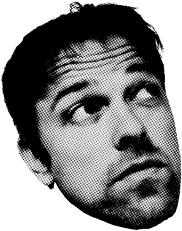Bruce Clay: The Story Behind the Scenes
by Virginia Nussey, August 22, 2011
|
It was 1996 and the World Wide Web was just a glittering apparition of the sprawling cyberspace it would come to be. Yet, with just a comparatively few sites to speak of, a few imaginative technology buffs could envision a bustling future online. Looking back today, it appears that his timing was ideal. Bruce Clay had been involved in tech companies for decades, an executive for companies like ACER and Microvertics. Although in a position many would envy, in the mid-90s business world, he was feeling more out of touch with the action than ever. Signing checks and hacking through bureaucratic red tape felt tiresome and unrewarding. “Although I did have a lot of interest in business, I wanted something that combined marketing and business and technical, and could utilize a lot of my programming skills,” Bruce recalls. “And along comes the Internet. If you think back to 1996, Al Gore was just inventing the Internet, and with all of the technology and buzz it looked pretty interesting. It looked like it was going to grow rapidly and there was a lot of money going into it. I decided that it was, in fact, a good place to be, and it was ideal for consultants.” If he was right that commerce would move to the Web, the horizon held growing demand for experts to help businesses navigate the unfamiliar terrain of online marketing and advertising. With the support of family and loved ones, Bruce turned away from his steady corporate career path to become an expert guide on the new frontier. Location, Location, LocationThe first few months were spent in info gathering and testing mode. Looking at the Internet from a marketing and sales point of view, Bruce recognized that the old adage “location, location, location” translated on the Web to “search engine, search engine, search engine.”
It was search engines that were the starting point for effectively reaching consumers online. So, Bruce began looking closely at what powered search. “Search engines, in order to handle the volume of inquiries, had to be software. With my math and programming background, I knew that software was really predictable. It performs the same tasks in much the same way over and over and over again,” Bruce explains. “So I started researching and I discovered a way that I could actually improve the content on a Web page to cause it to perform better, higher, in the search result pages.” Bruce remembers targeting the main search engine at that time, called Infoseek. “Infoseek was wonderful in that you could make a change and in under two minutes it would show up in the index. It was almost a real-time spider. You submit, right then it was spidered, you show up in the index, thank you very much,” Bruce says. “So I was able to make a change, test it, make a change, test it, make a change, test it — 100 times a day. I developed the rules that I was going to follow for what would cause a site to rank.” Bruce’s methodology for ranking improvement was born. A Turn of PhraseBy this time, Bruce was one of a burgeoning community of search engine-focused Web developers who understood that there were steps that could be taken to improve a website’s positioning in search engine results. They knew that such services would be in great demand — if only they could explain to businesses what it was they could do. By 1996, a number of people had come to calling the practice “search engine ranking.” However, due to his background and previous experience in the tech field, Bruce had a slightly different way of characterizing it. In a prior lifetime, Bruce worked at Boole & Babbage, which he describes as a mainframe performance measurement company. During the mid-70s, companies would pay top dollar to run applications on a mainframe computer. Boole & Babbage had products that evaluated application programs and determined how a program could be modified to perform faster. This process was called program product optimization. Bruce saw a parallel. “If I could take an application and it would run in an hour and I could make it run in 10 minutes, that was valuable because mainframe computer time was very expensive. So anything you could do to improve performance was great. Taking what we were doing there, which we referred to as optimizing program products — the program product optimization, I mapped this to what was going on in SEO — for us to optimize Web pages for search engines,” Bruce explains. “As we got into optimizing Web pages for search engines, I started referring to it as search engine optimization. Now, who knew it was going to become a term, but that was what I was doing — I was optimizing for search engines. I started referring to it that way. I actually built it into my website. I added it as part of my company logo. And that logo was actually in my first copyright for my website filed in ’97. Still, I had no idea it would catch on as it did.” He doesn’t claim ownership of the phrase, nor does he feel anyone should. Instead, he sees his contribution to the growth of a brand new and blossoming industry. “Maybe people heard it from me or maybe independently — I don’t recall how it worked — but other people started using the term at the same time. We could have easily started thinking about it independently, and like a perfect storm, it just caught on,” Bruce says. “If multiple people for their own history and background thought of it as optimization, the perfect storm was really when multiple companies started using the same term at the same time in the same way. However that worked, a lot of people started referring to search engine optimization back at that time. And it’s kind of cool that it’s called that.” SEO Over Time and TomorrowDuring the mid-00s, thought leaders in Internet marketing, including Danny Sullivan, popularized the term “search engine marketing,” known as SEM. It was meant as an umbrella term for the marketing practices around search engines — in other words, pay-per-click search advertising (PPC) and SEO. In the time that’s followed, additional Internet channels have risen and established their necessity in the marketing mix. “We have seen other segments, the pillars of the industry, evolve. Now there’s analytics and there’s social media marketing and there’s conversion rate optimization. Those are now all part of the things you do that impact your online presence,” Bruce says. “And I think SEO went from being a cornerstone, the way you do online marketing, to being just one of many things you do in online marketing. And SEO is no longer the flagship of our industry. I think the industry is getting to be more about Internet marketing optimization. And that’s really what we’re emphasizing now, especially in presentations and on our new website.” What the Future Holds“It’s the evolution from search engine ranking to search engine optimization to search engine marketing to Internet marketing optimization. I think that if we wait another five years we’re going to find Internet marketing optimization is now a piece of something else even bigger. It’s probably going to be the cornerstone of business optimization, because if you can’t reach people, you aren’t in business.” In Bruce’s view, the continuing transformation of the industry won’t require SEOs to become Internet marketing generalists. “I think there is a specialty issue that will always prevail. It’s a little like doctors. You can become a general practitioner where you need to know a little about a lot, but that doesn’t mean you know enough to be a specialist. And then you have brain surgeons who know a lot about a little. And I see SEO becoming much more technical and special. A great Internet marketing optimization person will take years to develop and will evolve to greatness.” After decades analyzing and trend-watching the business world and Internet marketing industry, Bruce hopes to facilitate cooperation between all marketing channels. “Internet marketing is how you do it all. Once you have the traffic you still have to track it. Once you track it you still have to say, ‘How do I make it better?’ Once you make it better you’re going to care about conversion, not just generating more traffic. And then you’re going to ultimately realize you didn’t build it in correctly. And then you’re going to redesign your site and you’re going to build it in instead of bolt it on. And I think that’s the evolution we’re going to see.” |
For permission to reprint or reuse any materials, please contact us. To learn more about our authors, please visit the Bruce Clay Authors page. Copyright © 2011 Bruce Clay, Inc.


